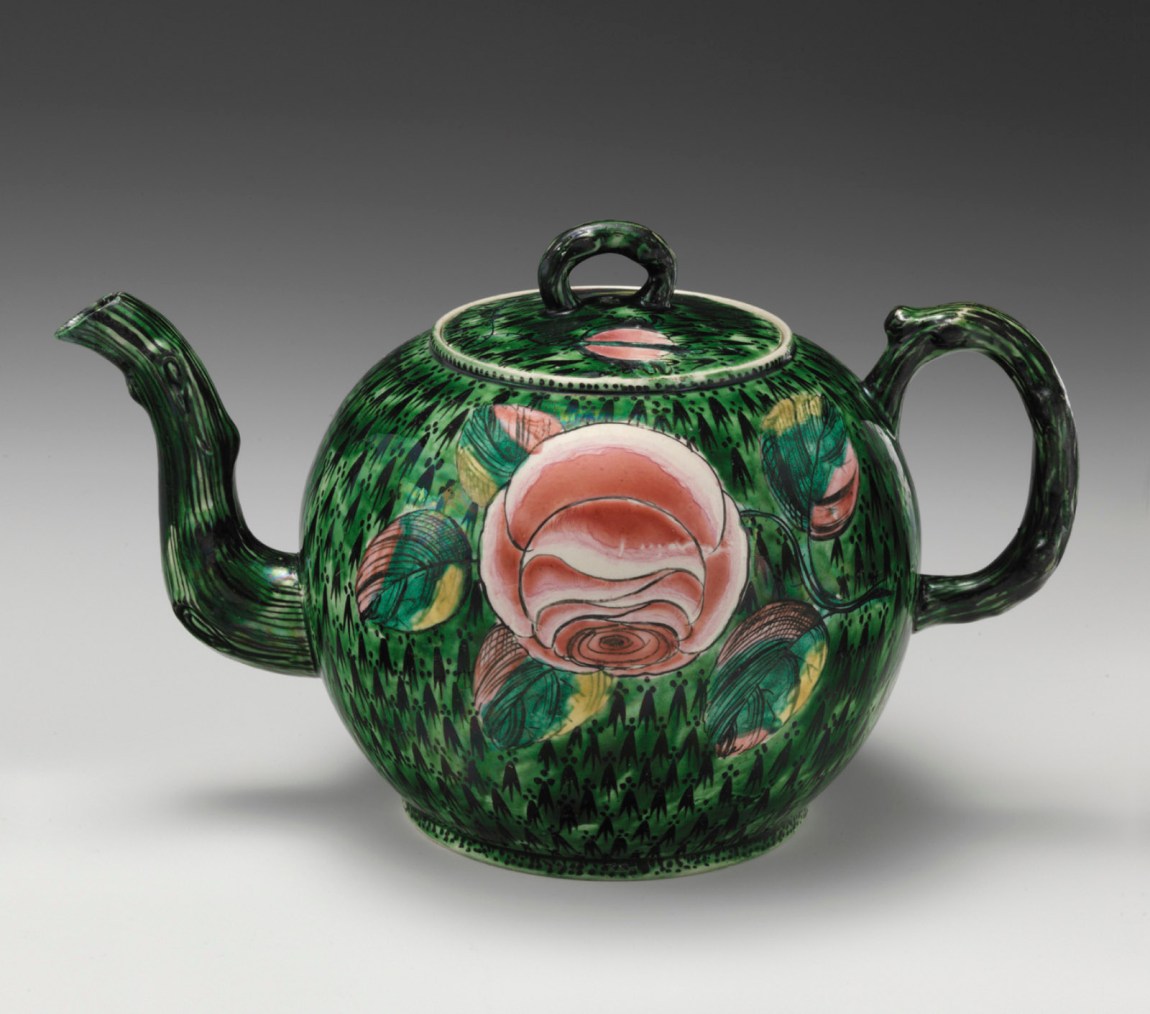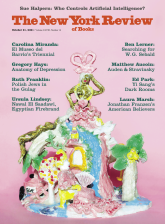In response to:
How British Is It? from the September 23, 2021 issue
To the Editors:
Bursting with superiority, Linda Colley regretfully concedes that “images of dead aristocrats and their gilded houses and collections can still possess an appeal” [“How British Is It?,” NYR, September 23]. I was forcefully reminded of a visit I made some years ago with an American feminist friend to Knole House in Kent, the remarkable ancestral home of the Sackville family. “Don’t you think it’s awful,” sighed my companion as we left the house after about an hour of wandering from one wonderful room to the next, “all this class privilege and inequality?” I was astonished. Here was an intelligent, cultured liberal academic, completely unable to see the astonishing evidence of the work of countless anonymous bricklayers, plasterers, weavers, embroiderers, joiners, carpenters, cabinetmakers, and a hundred and one other specialists whose craft skills were on display all around her, in both the structure and the contents of the building. She was entirely blinded to this fabulous wealth of artisanal craftsmanship in front of her eyes by her severely judgmental disapproval of the social structure that the house symbolized to her, in spite of the fact that it has been continuously inhabited for seven centuries through the course of almost unimaginable socioeconomic changes.
I take this type of anachronistic retrospective disapproval of the European past to be widely prevalent, and indeed fashionable, as our ancestors’ world is increasingly prosecuted for failing to live up to advanced twenty-first-century ideals and values, to say nothing of our standards of hygiene and general decorum. It seems a great shame to me that an overwhelming sense of our supposed superiority to our deplorable forebears is increasingly becoming a real obstacle to the appreciation and respect that the history of art and craftsmanship deserves, and happily still receives in the various specialist collections of our increasingly vulnerable and beleaguered museums.
Simon Watney
Deal, Kent England
Linda Colley replies:
In his evident enthusiasm for British stately homes and their aristocratic custodians, Simon Watney misses a central point of my review. Far from subscribing to an “anachronistic retrospective disapproval of the European past,” I argue that in contextualizing Europe’s past, whether in museums or elsewhere, care should be taken not unduly to provincialize that past, or to oversimplify and homogenize it. “Europe” is and always has been diverse and often internally at odds, in cultural respects as in others.
Where Watney and I sharply disagree is in regard indeed to matters of diversity. Country houses and the tastes and patronage of their owners had significant parts in the evolution of British and Anglo-Irish art, architecture, and design, as I was careful to acknowledge. But, after 1700 especially, the market for art in these islands conspicuously widened. Not just landed patricians but also the professional and middling classes and some affluent artisans progressively became consumers and influencers. One of the achievements of the Met’s British Galleries is to celebrate this point. Over 80 percent of the objects on view are the work of anonymous artists and craftsmen, and some of these artifacts—sharply designed paste shoe buckles, for instance—are evidently intended for not-so-wealthy customers. It is perfectly possible to relish and appreciate these wonderful objects in settings other than a stately home.
This Issue
October 21, 2021
The Storyteller
‘Who Designs Your Race?’
Are the Kids All Right?




